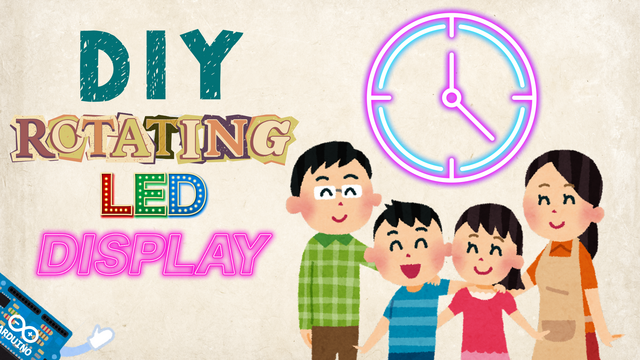Understand Persistence of Vision
Persistence of Vision is a visual phenomenon where an image stays in your brain for a brief moment after it disappears. This is the same principle that makes movies possible - you see around 24 still frames per second, but your brain blends them into smooth motion.
In simple terms: your eyes “remember” an image for about 1/10th of a second (100 milliseconds).
Think of the LED Strip as a Moving Paintbrush
Now imagine an LED strip with a single row of lights spinning quickly in a circle:
The strip lights up different LEDs at different moments as it spins.
Because it’s moving fast, each LED’s light appears in a slightly different spot around the circle.
Thanks to persistence of vision, your eyes blend these spots together into a complete image or pattern.
It’s like the LED strip is painting an image in the air one line at a time - and your brain fills in the rest!
Timing Is Everything
To make this illusion work, the microcontroller (like an Arduino) must:
Measure the rotation speed — often using a Hall Effect Sensor and a small magnet.
Turn specific LEDs on and off at the exact right angles as the strip spins.
Repeat this process quickly enough so the image appears solid and stable.



